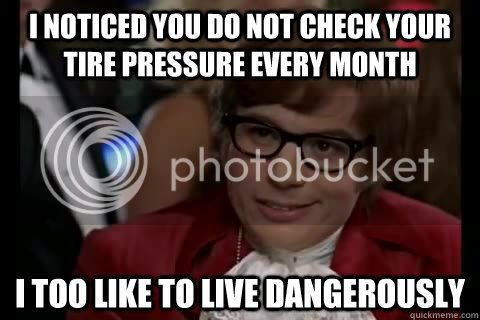BigOgre
Well-known member
Just curious, does Fobo give you pressures at all times? With Garmin one must 'wake' the sensors so that they can reconnect to the display which means having to slightly roll the wheels anyways.When I walk into the garage before a ride, I take out my smart phone and open the Fobo app on my phone. it tells me the tire pressures of my bike's tires.





















































